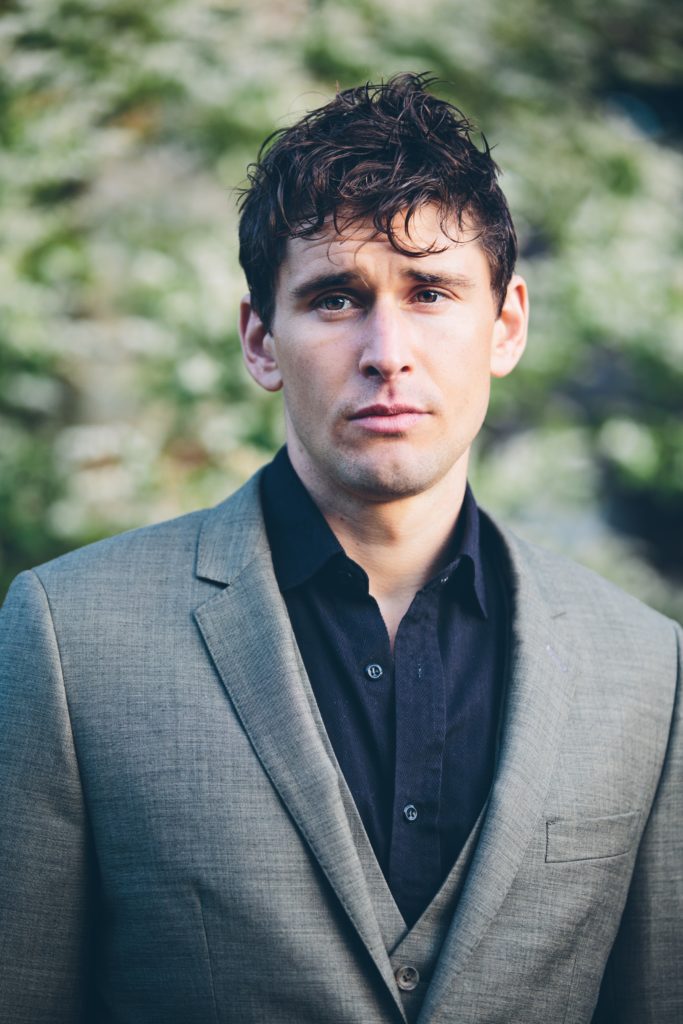Ben Greenfield is constantly trying to do better. Not just do better – but be better. He’s on a journey of self-improvement, and he’s helping others along the way. He’s an author and podcaster specializing in helping you achieve the best performance possible.
Ben stopped by The Mission Daily to talk about how he approaches his journey: why he structures his days, how he views his hero’s journey, and why he believes helping those around him is essential.
He maintains an active lifestyle, and it helps him maintain perspective.
There are a lot of philosophers and authors who spent a great deal of time outdoors. Thoreau is also famous for walking a lot. Benjamin Franklin was another, and many of these folks would do it to just clear their heads or get a higher quality thought. But it turns out, now, that exercise science has shown that when you move, especially when you walk or engage in that kind of low level physical activity – particularly something aerobic – you actually produce more of what is called brain derived neurotrophic factor or BDNF, which submits new neuronal connections and enhances memory and the ability to learn.
This isn’t a new development. “In ancient Greek civilizations, there is evidence of ‘walking universities’ – lessons taken while engaged in low level physical activity outdoors. And I certainly think there is something to be said for the outdoors component.”
Ben implements the Pomodoro Technique, the time management method developed by Francesco Cirillo that divides the workday into intervals. “I have a morning routine where I’m stretching, I’m having my coffee, I’m doing some breath work and some meditation. I do some gratitude journaling. I hang out with my kids and give them a little pep talk before they head off to school. And, typically I’ll do kind of something to increase BDNF or something to kind of ease my body into the day. I have all of that, along with breakfast, wrapped up by sometime around 9:30 to 10:00 AM. At that point, I slip into the office and begin to engage in whatever the deep work is for the day: that might be a recording podcasts and creating show notes for podcasts. Or, it could be working on the article that I publish once a week on my website. It might be a chapter of a book, or multiple chapters of a book, or editing completed chapters. But, I will usually work in about twenty-five minutes sprints. I don’t time those, exactly.”
“Generally, at about the point where my body begins to get uncomfortable and I lose focus, I’ll then break for anywhere from two to five minutes to stroll outside, because I have a home office. So it’s pretty easy for me to get outside. I’ll walk outside in the grass and do some jumping jacks. I have a kettlebell on the floor of my office. I’ll stop and do some kettlebell swings, or I’ll wander upstairs and make myself a little coffee beverage and then come back down to the office. I kind of rinse, wash and repeat that twenty-five. Usually, around about 2:00, I’ll start to get hungry, I’ll start to want some lunch – I’ll start to kind of want to turn the phone back on and get the onslaught of text messages and all that jazz jumping out from my phone. But, I generally keep notifications off: Slack notifications, message notifications, et cetera during those four hours from the 9:30 to 1:30.”
According to Greenfield, it’s all downhill effort from there.
“The rest of my day is all reactive: replying to emails, replying to boxers, replying to text messages, getting little tasks done.”
He views every day as a chapter in his hero’s journey. Ben has always loved stories, and that love has translated into his own work. It has also affected the way he lives his life, and the way he communicates his passion. “I’ve been able to apply the hero’s journey to my own life, and I’ve been able to teach my children about that. I also do a great deal of what you might call ‘scientific writing’ or at least writing in the health and the fitness and the biology and the biohacking and the nutrition sectors. I just find I’m able to flow more creatively and kind of have almost like a prose-like approach to my writing and weave in things like humor – in terms that the lay person might understand – versus me writing from a completely left brain standpoint. So, I think it really helps out with the left and right brain hemisphere connectivity –and the ability to be able to kind of tap into the creative and the analytical at the same time – if you make it a habit to exercise that fiction-writing muscle and to just allow your creativity to go wherever it would like. Because that’s what fiction is: you create your own world.”
To hear more from Ben, check out the full interview here.


